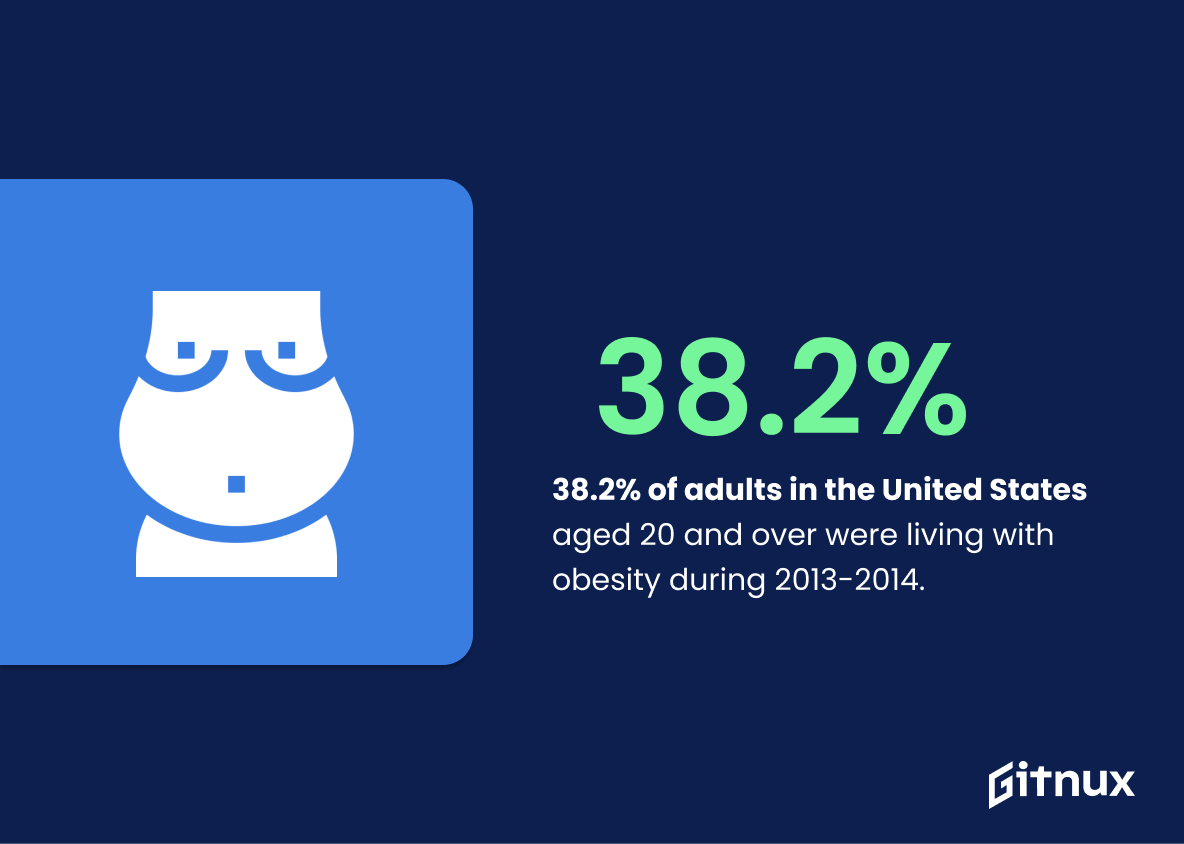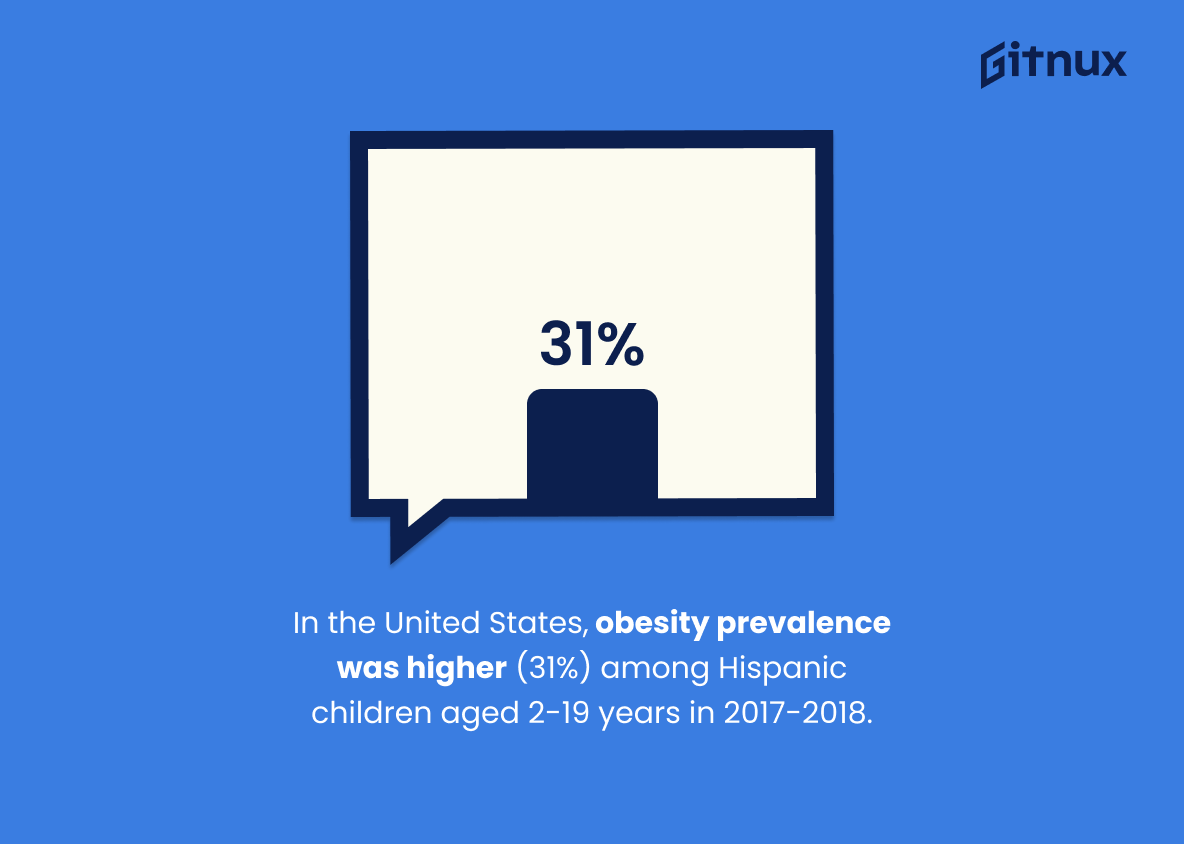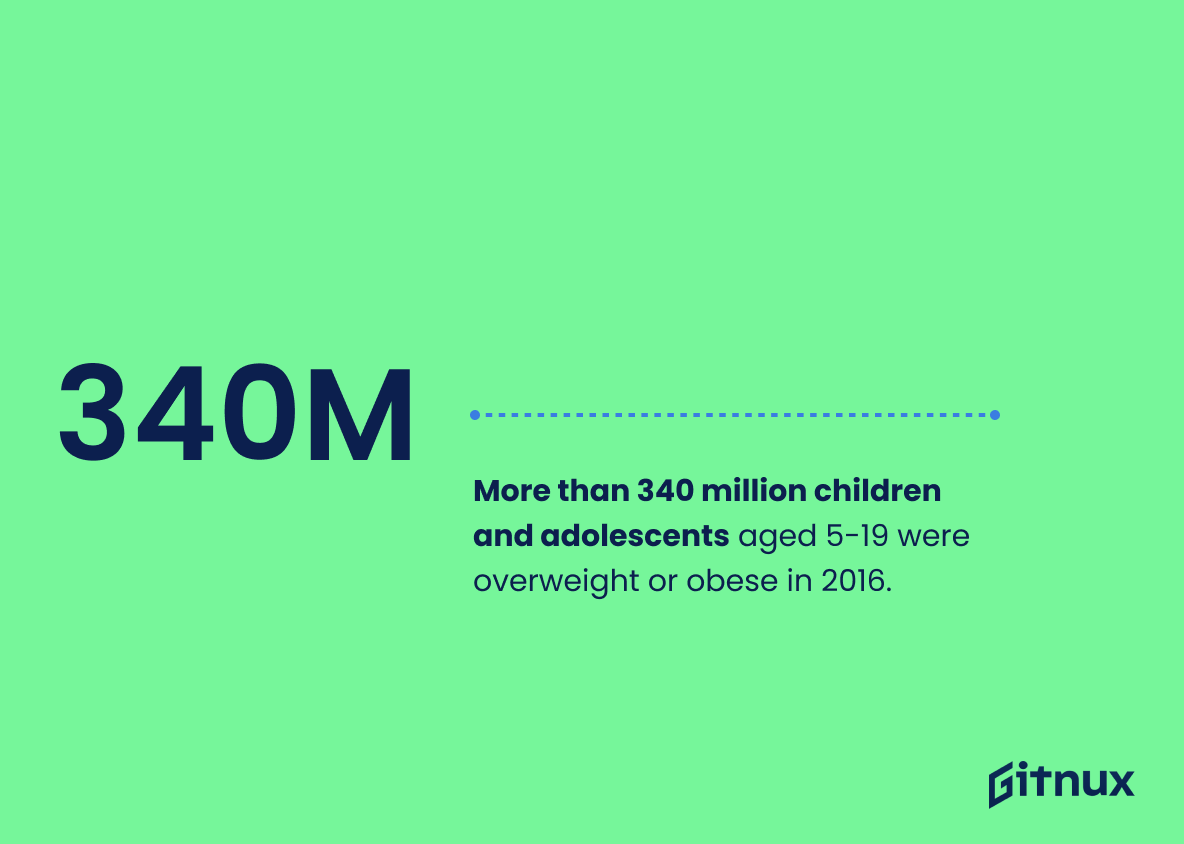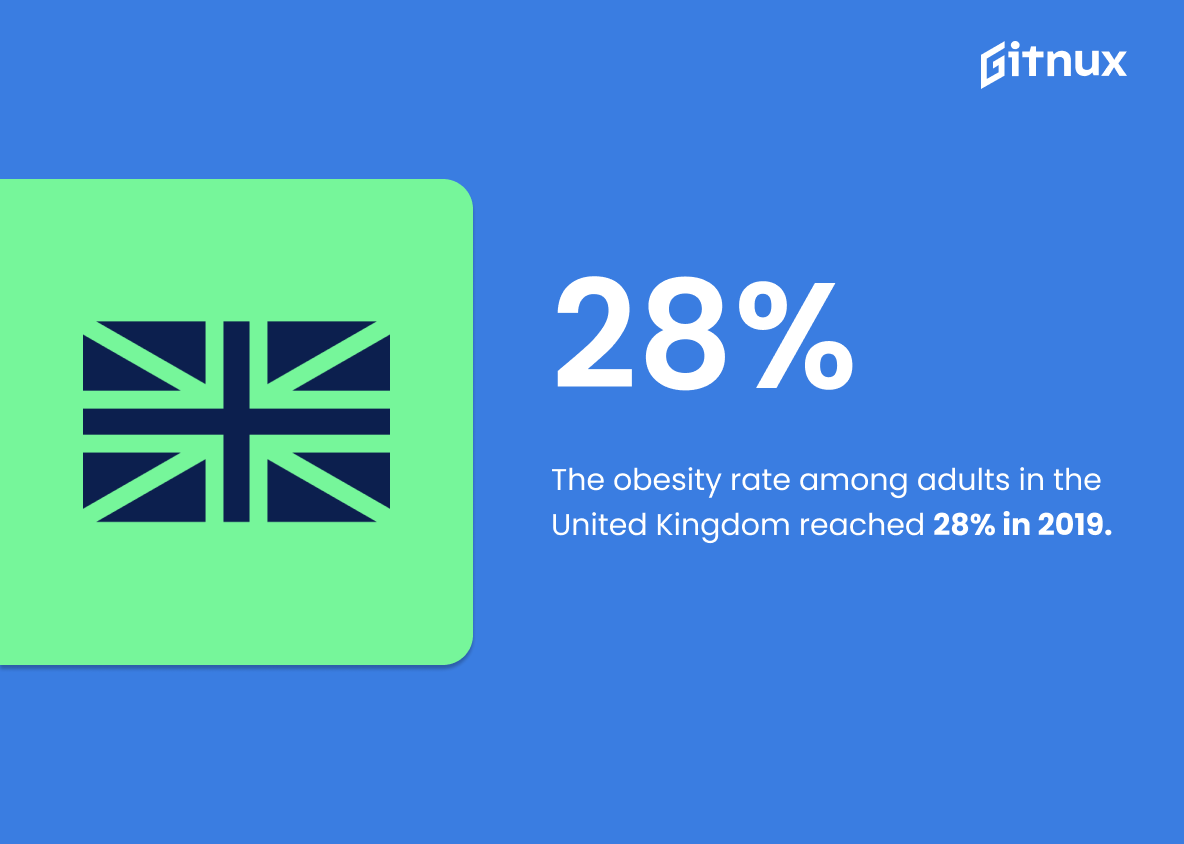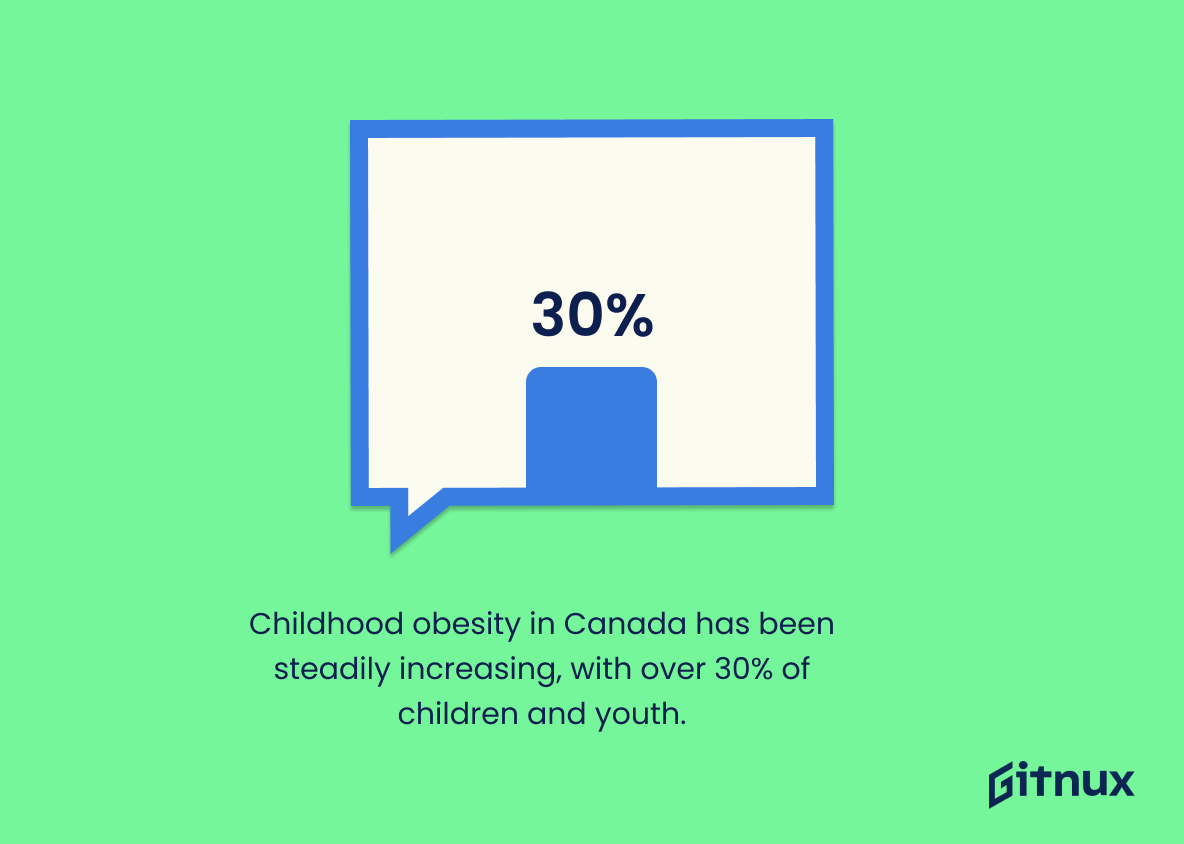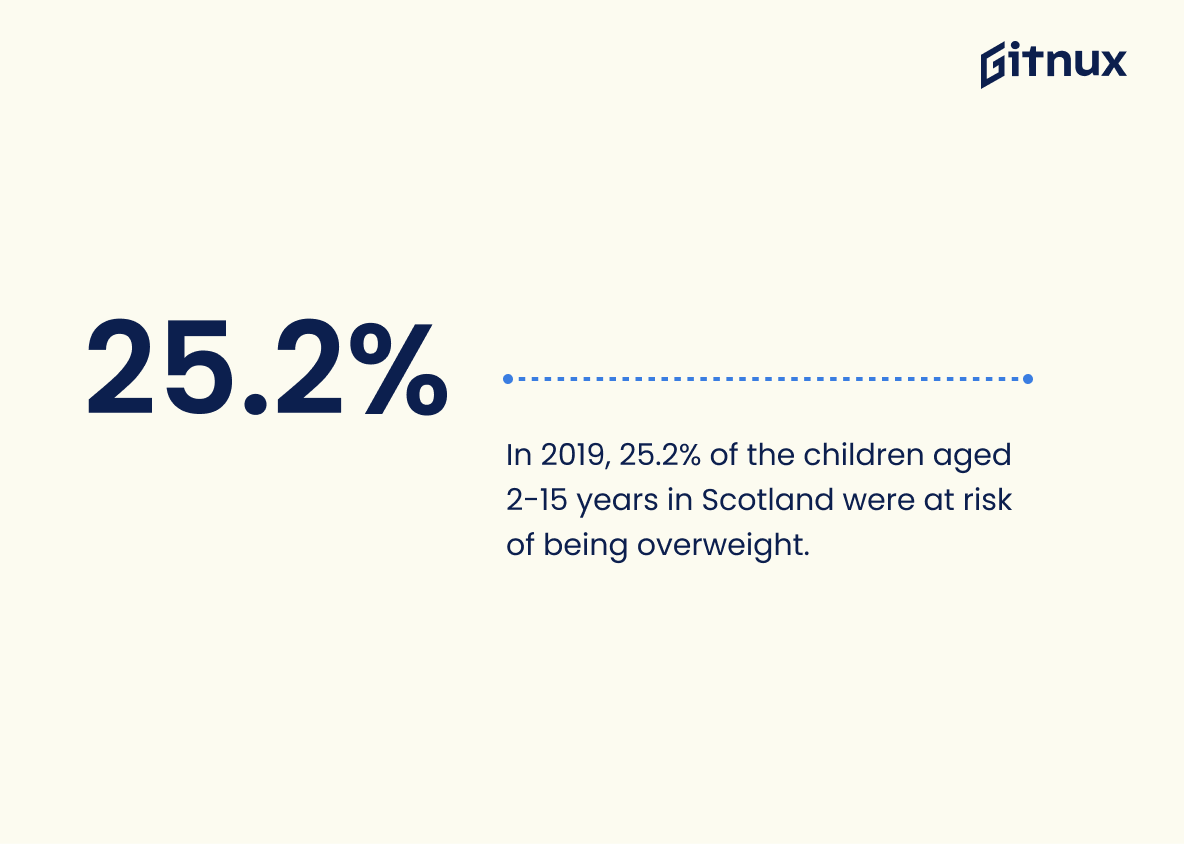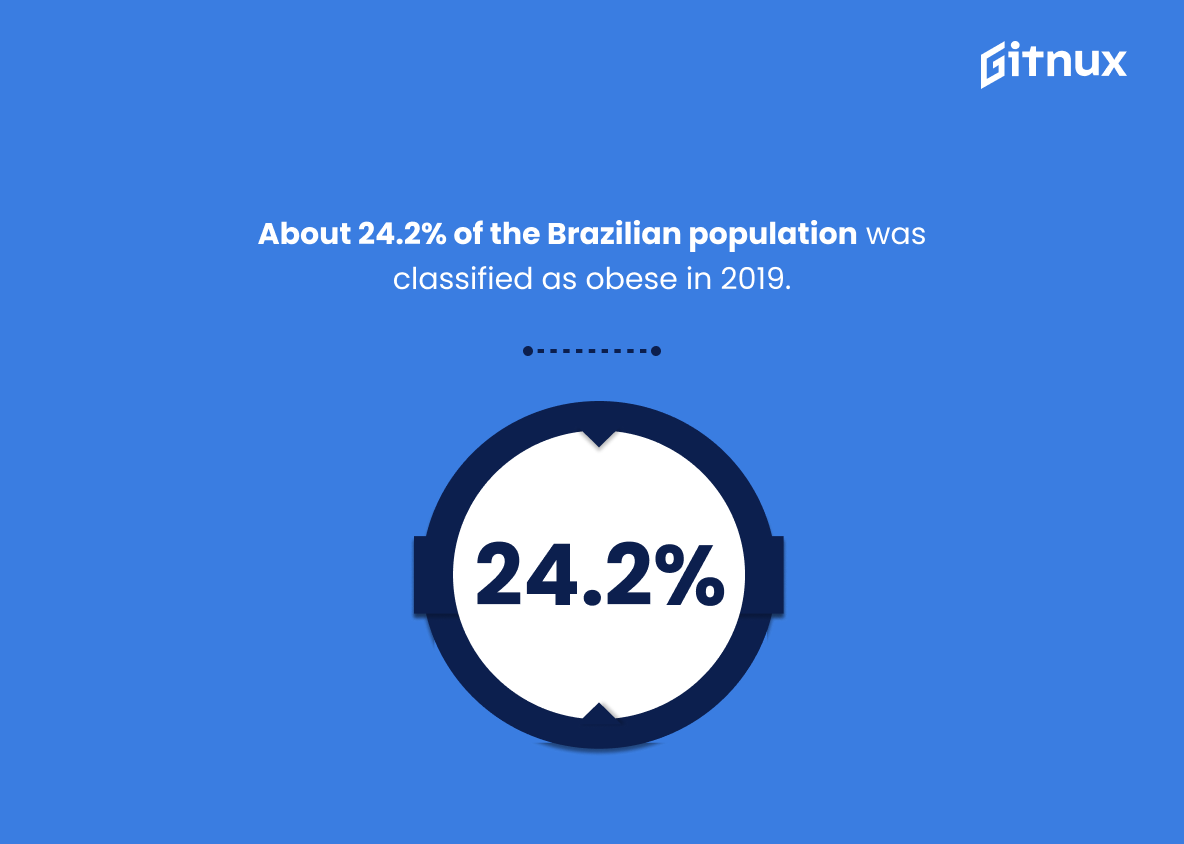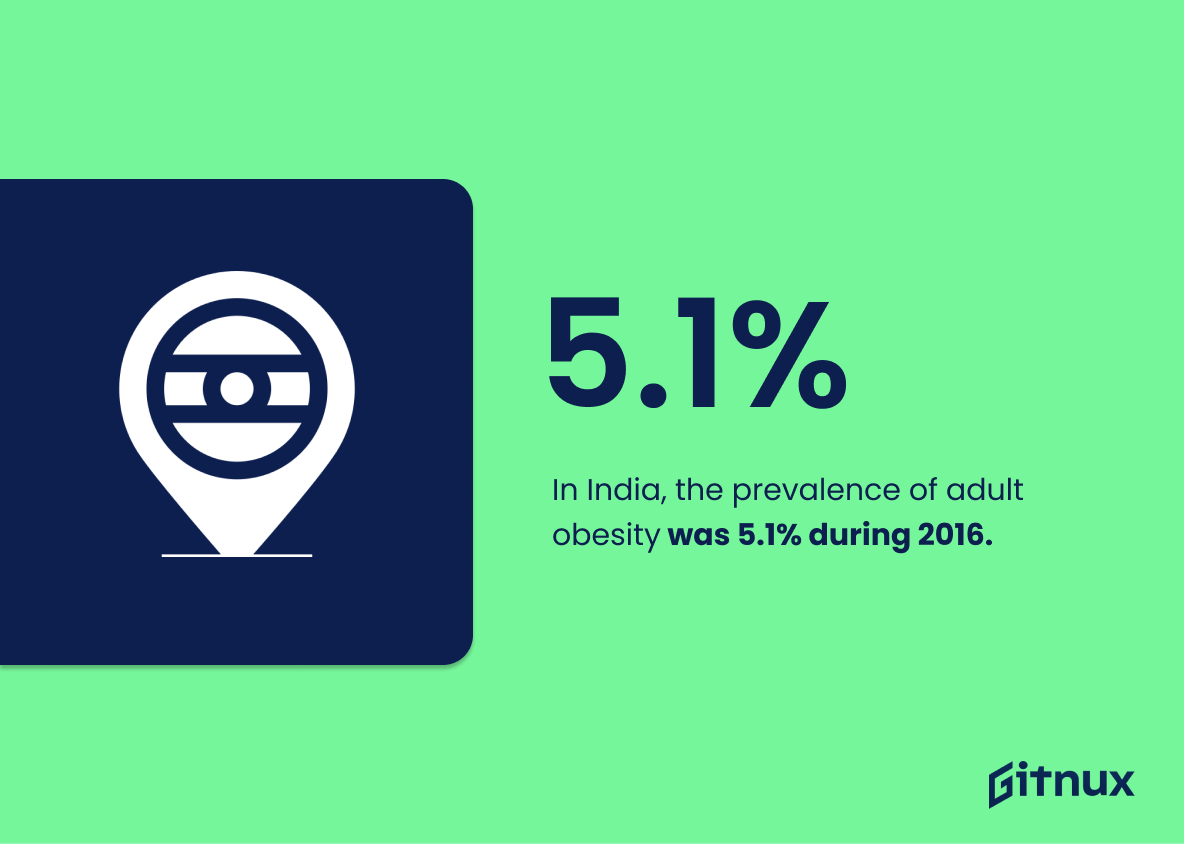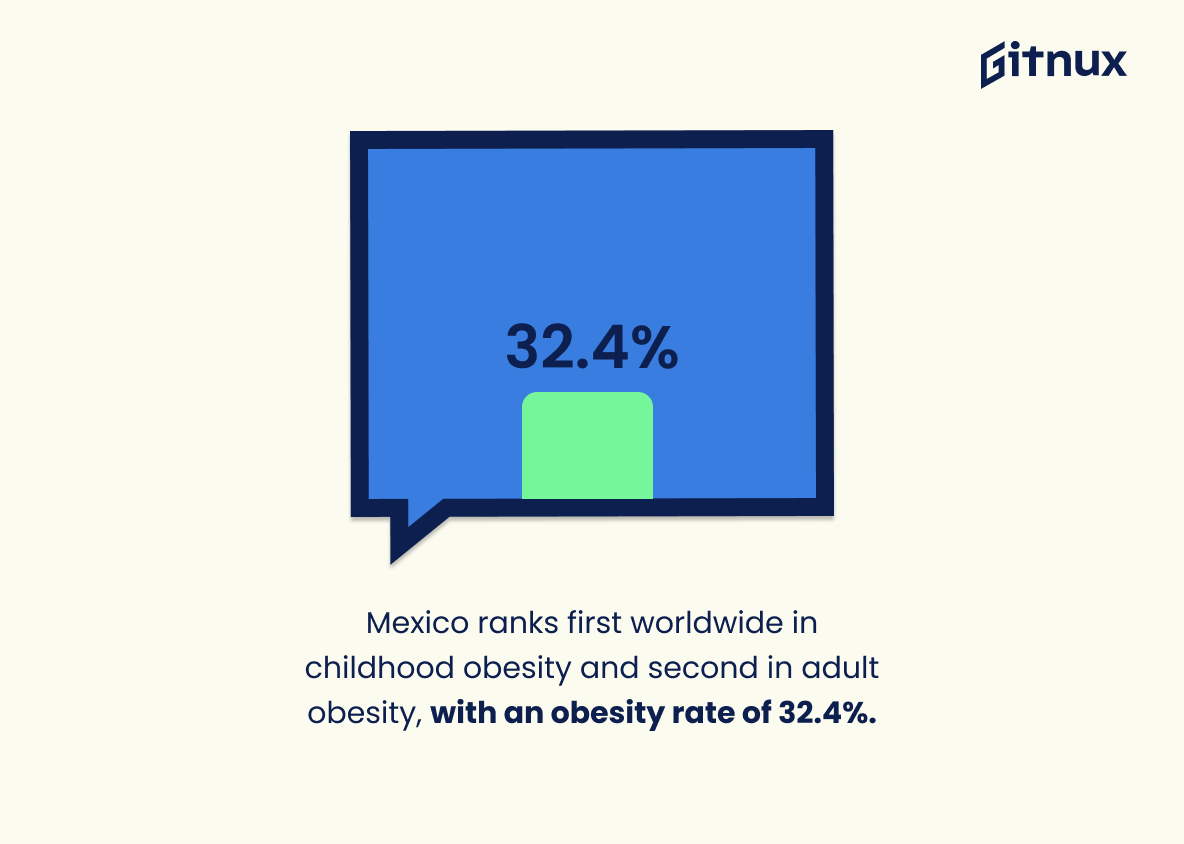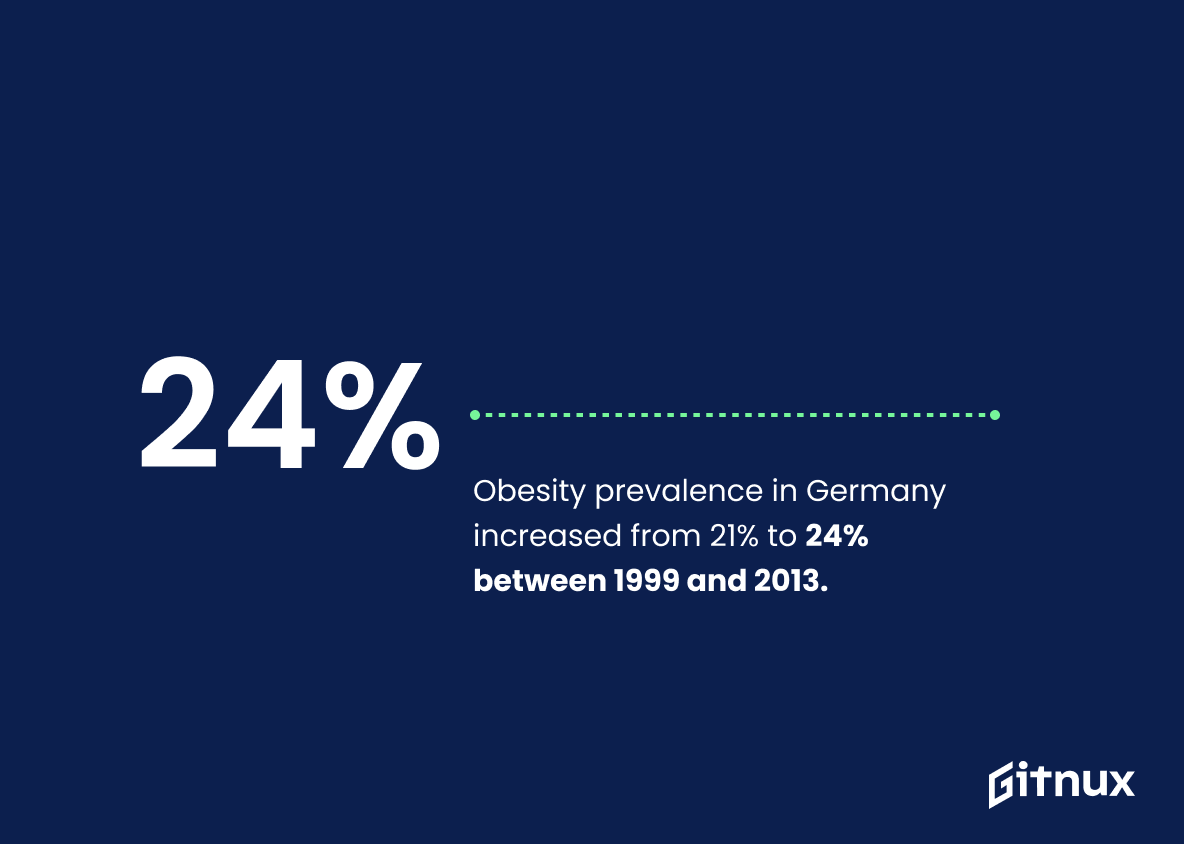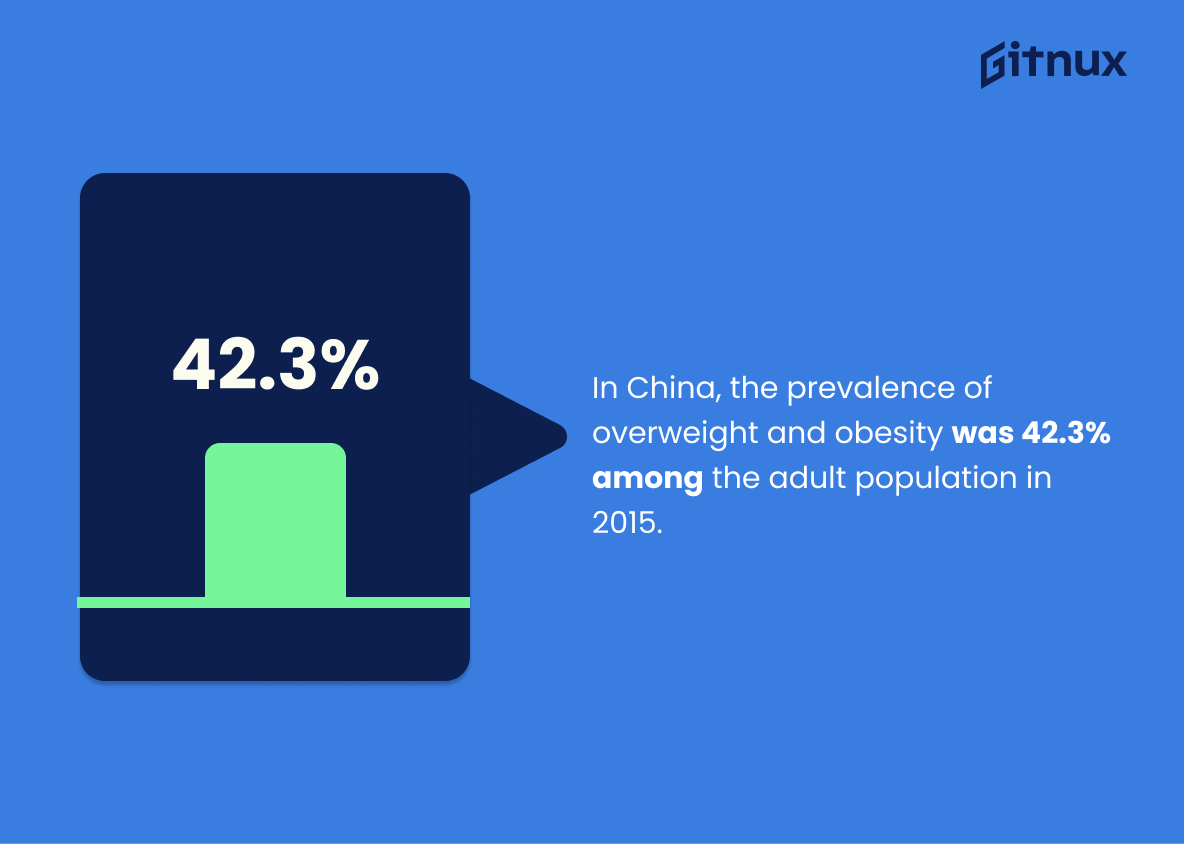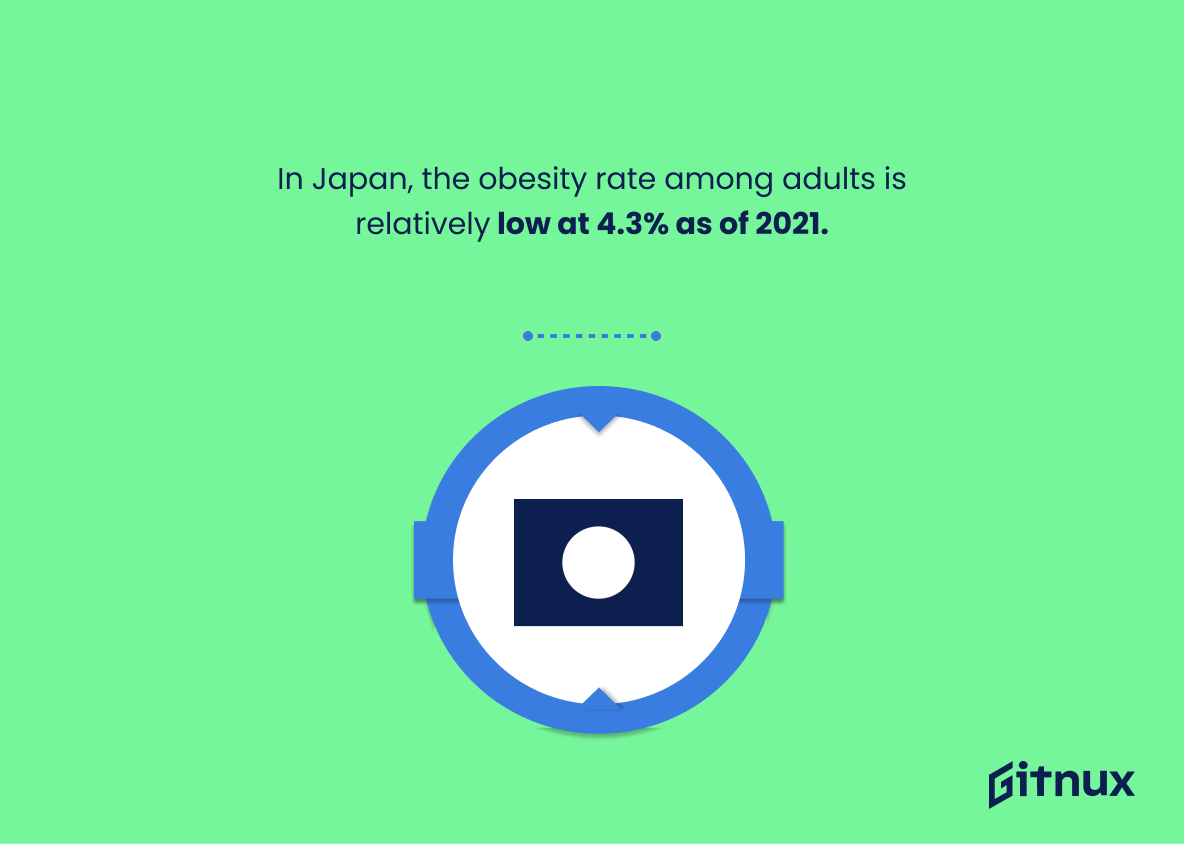Obesity is a growing global health concern, with an estimated 1.9 billion adults aged 18 and over classified as overweight in 2016. Of these, more than 650 million were obese. The worldwide prevalence of obesity has nearly tripled since 1975, reaching alarming levels in many countries around the world. In the United States alone, 38% of adults are living with obesity according to 2013-2014 data from the Centers for Disease Control and Prevention (CDC). This figure rises even higher among Hispanic children aged 2-19 years at 31%.
The problem extends beyond just adult populations; more than 340 million children and adolescents between 5-19 years old were found to be either overweight or obese in 2016 by World Health Organization (WHO) estimates. These figures have had serious economic implications too – it was estimated that globally there was an annual cost of $2 trillion due to obesity related issues in 2019. Furthermore, WHO reports that this condition is responsible for approximately 2.8 million deaths per year across all age groups worldwide .
In Europe specifically we can see how different nations are affected differently by this issue: UK’s rate stands at 28%, Australia 68% amongst men and 56% amongst women , Canada 30%, Scotland 12%-31%, France 17%, Brazil 24 %and Germany 23%. Asia also shows varying rates such as India 5 % Japan 4 % China 42 % while Mexico ranks first worldwide both childhood & adult Obesity 32%.
These statistics demonstrate just how widespread this epidemic has become on a global scale – but they also show us where efforts need to be focused if we want to make progress towards reducing its impact on our lives today
This statistic paints a stark picture of the prevalence of obesity in the world today. It is a stark reminder that obesity is a global issue that affects millions of people, and that it is a problem that needs to be addressed. It also highlights the need for more research and education on the causes and effects of obesity, as well as the need for better access to health care and nutrition services.
The worldwide prevalence of obesity nearly tripled between 1975 and 2016.
This statistic is a stark reminder of the alarming rise in obesity levels across the globe. It serves as a wake-up call to the world that obesity is a growing problem that needs to be addressed. It highlights the need for more effective strategies to tackle the issue and prevent further increases in obesity levels.
Obesity Statistics Overview
38.2% of adults in the United States aged 20 and over were living with obesity during 2013-2014.
This statistic is a stark reminder of the prevalence of obesity in the United States. It highlights the fact that nearly four out of every ten adults in the country are living with obesity, a condition that can lead to a host of health problems. This statistic serves as a call to action for individuals, communities, and policy makers to take steps to reduce the prevalence of obesity and improve the health of the nation.
In the United States, obesity prevalence was higher (31%) among Hispanic children aged 2-19 years in 2017-2018 compared to non-Hispanic white children (15.5%).
This statistic is a stark reminder of the disproportionate burden of obesity among Hispanic children in the United States. It highlights the need for targeted interventions to address the underlying causes of obesity in this population, such as access to healthy foods and physical activity opportunities. It also underscores the importance of understanding the unique cultural and social factors that may be contributing to the higher prevalence of obesity among Hispanic children.
More than 340 million children and adolescents aged 5-19 were overweight or obese in 2016.
This statistic is a stark reminder of the alarming prevalence of obesity among children and adolescents. It highlights the urgent need for action to address this growing public health crisis. It is a call to action for parents, educators, and policy makers to take steps to reduce the prevalence of obesity in this age group.
In 2019, the global economic impact of obesity was estimated to be $2 trillion (2.8% of global GDP) annually.
The staggering statistic of the global economic impact of obesity being estimated to be $2 trillion annually is a stark reminder of the immense financial burden that obesity places on the world. This figure is a testament to the far-reaching consequences of obesity, and serves as a call to action to address this growing public health issue.
Obesity is responsible for an estimated 2.8 million deaths per year globally.
This statistic is a stark reminder of the devastating impact that obesity has on the global population. It serves as a powerful reminder of the urgent need to address this growing health crisis. It is a call to action for individuals, communities, and governments to take steps to reduce the prevalence of obesity and its associated health risks.
The obesity rate among adults in the United Kingdom reached 28.0% in 2019.
This statistic is a stark reminder of the prevalence of obesity in the United Kingdom. It serves as a wake-up call to the public that obesity is a serious issue that needs to be addressed. It also highlights the need for more effective strategies to combat obesity and its associated health risks.
Childhood obesity in Canada has been steadily increasing, with over 30% of children and youth being classified as overweight or obese.
This statistic is a stark reminder of the growing problem of childhood obesity in Canada. It highlights the need for greater awareness and action to address this issue, as it is clear that the current situation is not sustainable. The health and wellbeing of our children and youth are at stake, and it is essential that we take steps to ensure that they are given the best chance to lead healthy and active lives.
In 2019, 25.2% of the children aged 2-15 years in Scotland were at risk of being overweight, including 12.7% at risk of obesity.
This statistic is a stark reminder of the prevalence of obesity in Scotland’s children. It highlights the need for urgent action to tackle the issue, as 25.2% of children aged 2-15 are at risk of being overweight, with 12.7% at risk of obesity. This is a worrying trend that needs to be addressed in order to ensure the health and wellbeing of Scotland’s children.
France experienced a modest increase in obesity prevalence since 2006, reaching 17% in 2019.
This statistic is a stark reminder of the growing obesity epidemic in France. It highlights the need for more effective strategies to tackle the issue, as the prevalence of obesity has increased significantly in the past 13 years. The data also serves as a warning to other countries, as it shows how quickly obesity can become a major public health concern.
About 24.2% of the Brazilian population was classified as obese in 2019.
This statistic is a stark reminder of the prevalence of obesity in Brazil. It highlights the need for greater awareness and action to tackle the issue, as well as the need for more effective strategies to prevent and reduce obesity in the country.
In India, the prevalence of adult obesity was 5.1% during 2016.
This statistic is a stark reminder of the growing prevalence of obesity in India. It highlights the need for greater awareness and action to tackle this growing health issue. It also serves as a call to action for individuals, communities, and governments to take steps to reduce the prevalence of obesity in India.
Mexico ranks first worldwide in childhood obesity and second in adult obesity, with an obesity rate of 32.4% among adults.
This statistic is a stark reminder of the alarming prevalence of obesity in Mexico, particularly among children. It highlights the urgent need for public health initiatives to address this growing problem and ensure that the health of the nation’s citizens is not compromised.
Obesity prevalence in Germany increased from 20.5% to 23.5% between 1999 and 2013.
This statistic is a stark reminder of the growing prevalence of obesity in Germany. It highlights the need for greater awareness and action to tackle this issue, as the number of people affected by obesity has risen significantly in the past 14 years. It is a call to action for individuals, communities, and governments to take steps to reduce the prevalence of obesity and improve the health of the nation.
In China, the prevalence of overweight and obesity was 42.3% among the adult population in 2015.
This statistic is a stark reminder of the alarming prevalence of overweight and obesity in China. It highlights the urgent need for public health initiatives to address this growing problem and to ensure that the population is aware of the risks associated with being overweight and obese.
In Japan, the obesity rate among adults is relatively low at 4.3% as of 2021.
This statistic is a shining example of how a healthy lifestyle can lead to a low rate of obesity. It serves as a reminder that with the right diet and exercise, it is possible to maintain a healthy weight. It also highlights the importance of making healthy choices and setting a good example for future generations.
In 2017, childhood obesity prevalence in Spain reached 25.3% among boys and 23.8% among girls aged 6-9 years.
This statistic is a stark reminder of the growing prevalence of childhood obesity in Spain. It highlights the need for greater awareness and action to tackle this issue, as it is clear that the problem is not going away anytime soon. It is essential that we take steps to ensure that our children are given the best chance to lead healthy and active lives.
Conclusion
The statistics presented in this blog post demonstrate the alarming prevalence of obesity around the world. In 2016, more than 1.9 billion adults were overweight and over 650 million were obese, with a nearly threefold increase since 1975. The United States had an adult obesity rate of 38.2%, while Hispanic children aged 2-19 years experienced a higher rate at 31%. Additionally, 340 million children and adolescents worldwide were classified as overweight or obese in 2016; this number is expected to rise due to economic impacts estimated at $2 trillion annually and linked deaths totaling 2.8 million per year globally. Obesity rates vary greatly by country: for example, 28% of adults in the UK are living with obesity compared to 68% of men and 56% of women being overweight or obese in Australia (2018). Childhood obesity has also been steadily increasing across Canada (30%), France (17%), Brazil (24%) India(5%), Mexico(32), South Africa(43) Germany(23), China(42) Japan(4)and Spain 25/23 respectively . It is clear that action must be taken on both local and global levels if we hope to reduce these numbers significantly moving forward
References
0. – https://www.statista.com
1. – https://www.who.int
2. – https://www.cambridge.org
3. – https://www.mckinsey.com
4. – https://www.edoc.rki.de
5. – https://www.pubmed.ncbi.nlm.nih.gov
6. – https://www.oecd.org
7. – https://www.epicentro.iss.it
8. – https://www.paho.org
9. – https://www.canada.ca
10. – https://www.cdc.gov
11. – https://www.gov.scot
12. – https://www.gov.uk
13. – https://www.ncdirindia.org
